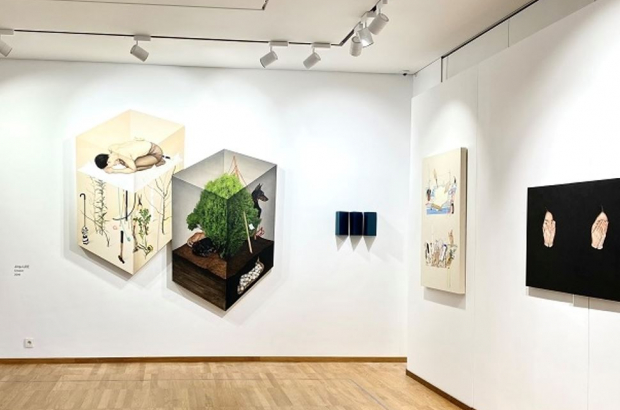- Daily & Weekly newsletters
- Buy & download The Bulletin
- Comment on our articles
Korean Cultural Center: What Makes Me Wander exhibition explores escapism during the pandemic
Contemporary art show at Korean Cultural Center Brussels runs until 21 January
What Makes Me Wander is a multidisciplinary exhibition reflecting the experience of confinement by eight artists from five different countries. As the world closed down and lives became smaller, their paintings, sculpture, videos and installations show how wandering can take many forms, from internal journeys and aimless contemplations to physical travel and adventure. Artistic director Suejin SHIN talks to the Bulletin about the event at the Korean Cultural Center that celebrates the 120th anniversary of diplomatic relations between Korea and Belgium.
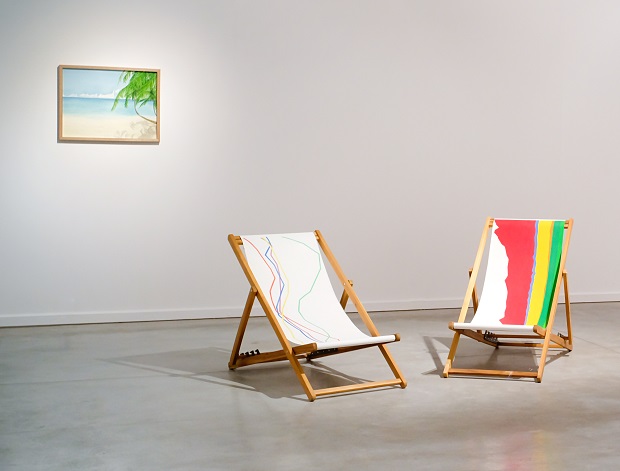
Why did you choose the pandemic as a theme and how did you organise the exhibition?
In history, have we ever experienced the same thing at the same time all around the world as this pandemic? Humans have experienced many things that can shock and scare humanity, such as infectious diseases and wars, but many people's lives have never been affected at the same time. This can also be said to be the effect of exchange as we are all travelling more. Since the experience was not limited to Korea and Belgium, I wanted artists from as many countries as possible. We found them by browsing online. Four of the eight artists I had never met before, but we had no difficulty sharing ideas through their works.
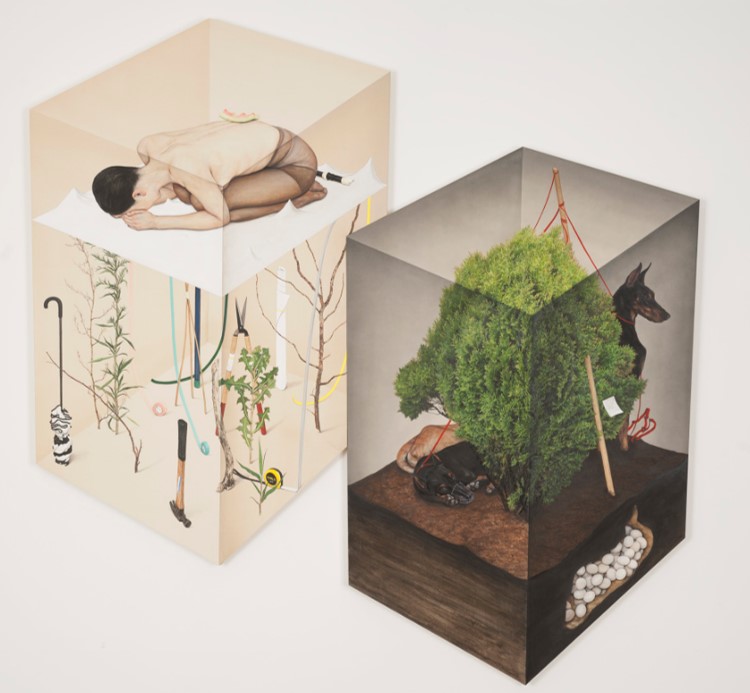
The exhibition is the story of the psychological experience of the pandemic. It includes wandering toward oneself, wandering toward the world and wandering toward the unknown world. Korean artist, Jinju LEE spent more time in her atelier during the pandemic. Her paintings begin with an aimless wander toward her inner self (pictured above). Hyojin JEONG has been wandering around the world for 11 years. “While being trapped in the house, it comforted me just by looking at the scenery and fire,” she posted on YouTube. Her dream of travelling around the world is to return to Seoul through North Korea. Cindy COUTANT created a work reminiscent of life in the universe, an unknown world, showing snails moving very slowly. Wandering in either direction is good for us.
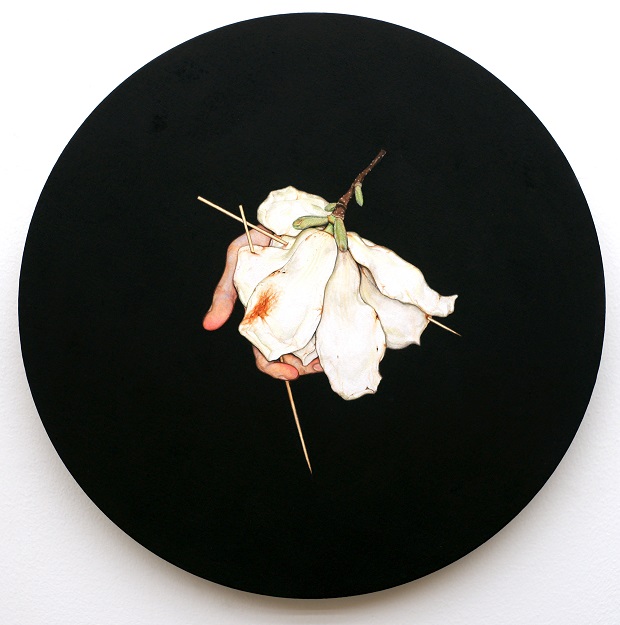
The dialogue between the international and Korean artists is an interesting angle in the show. How would you define Korean art?
Korean artists show dynamic power and energy in their works and diversity is one of their main characteristics. They are smart, skillful, and having a high standard for completing projects. These days, parents in Korea encourage their children to get a creative job. A change in recognition that discriminatory creativity is highly evaluated, expands the base of Korean art and supports activities. Artworks with critical thinking and visual pleasure are pouring out of Korea. In addition, the Asian art market has grown during the pandemic, especially based in Seoul. I think the rarity of artworks is becoming one of the most important aspects in a metaverse environment. Koreans are used to adapting to fast changing situations, and the art field is rapidly gaining a spotlight.
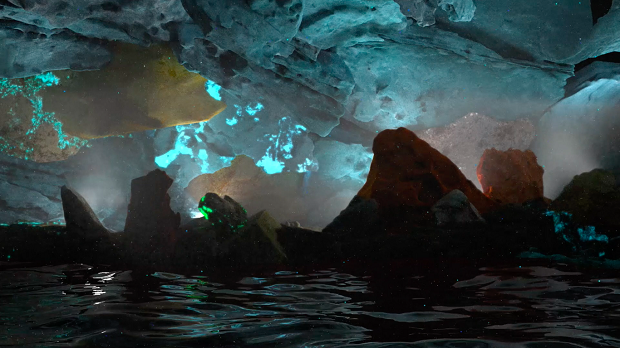
After planning the exhibition virtually, what was your reaction when it finally opened?
I always enjoy the moment when the artworks are unveiled, especially this time as I planned all the art works in a simulation programme and on a tight schedule. It was on the last day before the opening that I finally could rearrange the flow. The video by Ben RIVERS (pictured above) is in a separate room, which I imagined as a cave because it’s an important theme in his art. There is a big window besides the work by Kraig ADAMS showing the very beautiful scenery of Peru (pictured below). I hope that the bright light from the window appears in harmony with this work.
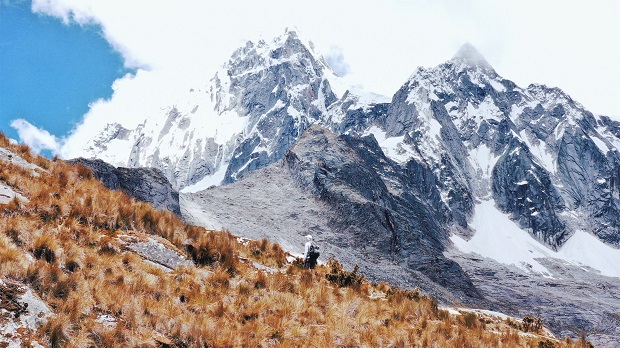
The Korean Cultural Centre organises and hosts diverse activities, including art, literature, events, cuisine, music and film. How important is culture in Korean life?
For Koreans, culture is history and life. Most Koreans respect the effort and dedication of artists and appreciate their artworks. Koreans have their own characters and language, which is why the roots of Korean culture are very unique. This starting point is also a challenging factor for Koreans, but most Koreans are proud of the fact. Promoting Korean culture leads to opportunities to create meetings with people with different roots and create new cultures based on mutual understanding.
Thanks to its pop culture and cinema, Korea has become much more familiar to international audiences. How would you describe this interest in your country?
Koreans have a tradition of loving culture and arts with the word ‘Heung’ expressing their sentiment of excitement for things they like to enjoy. It’s like a vibe that is triggered by going to parties, karaoke or concerts. For Koreans, going to theatres at weekends or watching movies on the OTT streaming service is the most common form of entertainment. Since the 1990s, an IT revolution in Korea has made it easier for anyone to handle videos and post them on social networking services. Recognition on the international stage is gradually rising, with bold investments by companies and governments adding to this. Besides, the new media environment has reduced cultural barriers between countries, and in that sense, people around the world now have similar cultural backgrounds. It would be the reason why Koreans' authentic ideas and sensibilities have gained more attention.
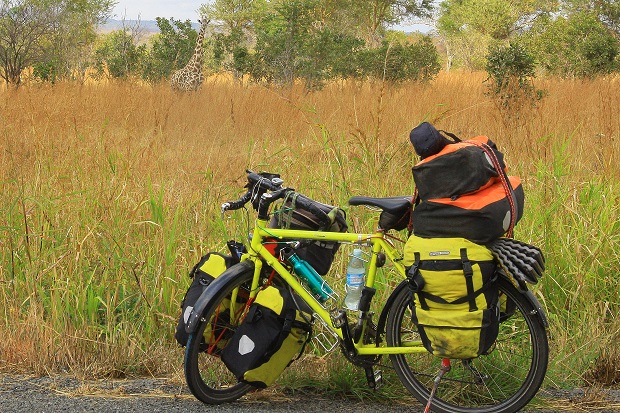
The exhibition commemorates the 120th anniversary of Korea’s diplomatic relations with Belgium. Why was it important to mark this event?
I believe that cultural exchange is the nourishment for mutual understanding and respect. When diplomatic ties were first established, there must have been more political and economic significance than cultural exchange. Perhaps, over 120 years, the importance of culture has grown. This year, many events were held in Korea to introduce Belgian culture and arts, including René MAGRITTE. Even if the number 120 does not mean a lot, it is clear that the role of culture is important in the process of deepening mutual understanding over time.
What do you hope to achieve with this exhibition?
I've always thought that getting close to art has the power to make life more meaningful. I hope this exhibition will create even a small experience that can comfort and encourage tired hearts during the pandemic. We would like to share this great exhibition with as many people as possible.
What Makes Me Wander
Until 21 January
Korean Cultural Center, 4 Rue de la Régence, 1000 Brussels
Participating artists: David Seok Jun HA, Jinju LEE, Jeongbae LEE and Hyojin JEONG (Korea); Céline CUVELIER (Belgium), Cindy COUTANT (France), Ben RIVERS (UK) and Kraig ADAMS (US)
Photos: Europe Facing the Crisis: Recession Perspective by Céline CUVELIER; Unseen Things by Jinju LEE; Spring by Jinju LEE; Look Then Below, video by Ben RIVERS; Hiking the Santa Cruz Trail, Peru, video by Kraig ADAMS; Cycling Around the World, video by Hyojin JEONG












